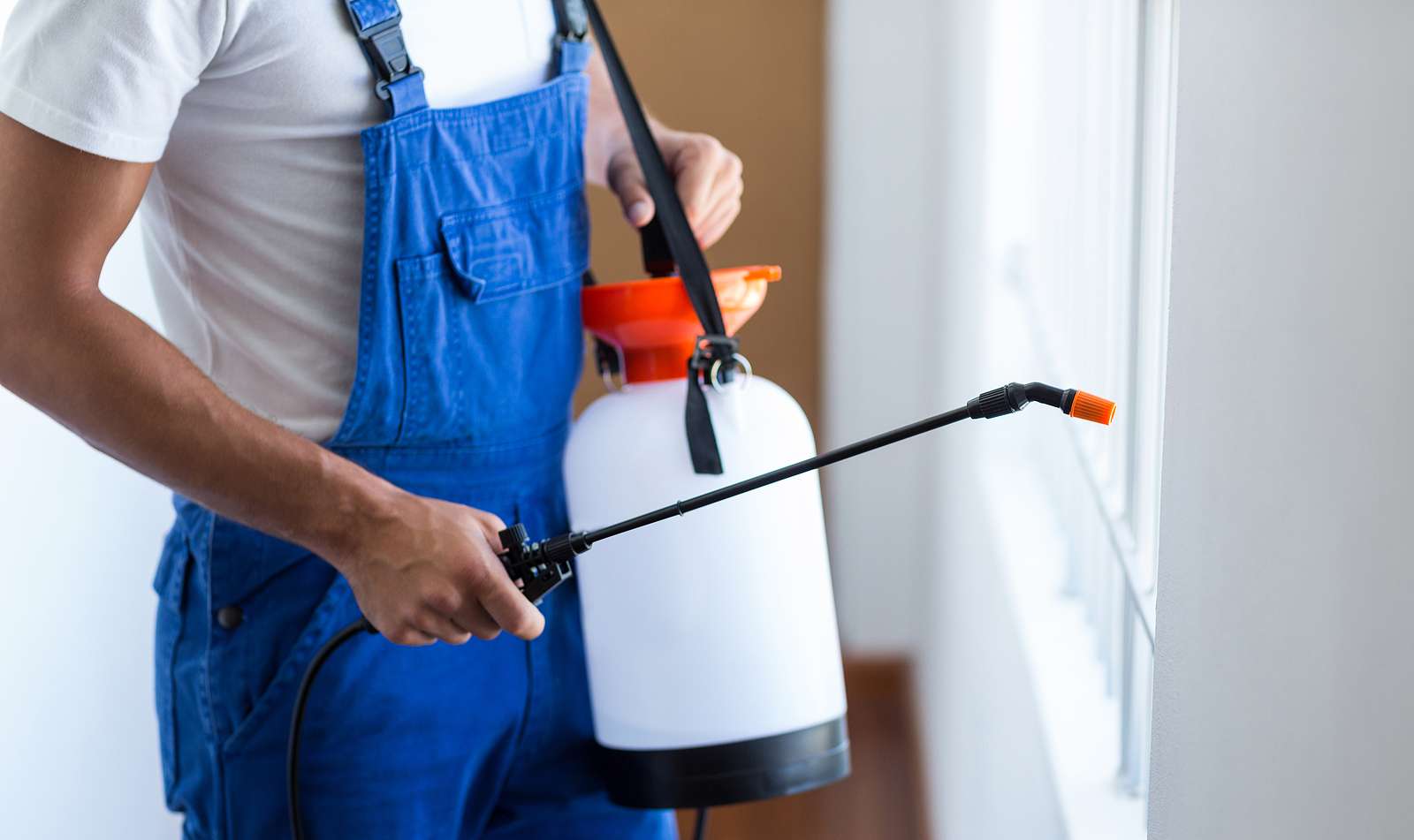Proven Bed Bug Heat Treatment: Get Rid Of Bed Bugs with Heat!
Wiki Article
Specialist Insect Control Techniques for Long-Term Outcomes
In the realm of insect control, attaining sustained efficiency and long-lasting results calls for a careful approach that goes beyond simple extermination. Specialist insect control techniques envelop a thorough method that begins with a detailed examination and analysis, adhered to by specific bug recognition to understand their actions patterns. The execution of Integrated Pest Administration (IPM) principles, paired with eco-conscious therapies, creates the keystone of sustainable bug eradication. However, real examination hinges on the recurring surveillance and maintenance of the dealt with locations, making sure a pest-free environment for the foreseeable future. By diving into the complexities of these techniques, a much deeper understanding of specialist pest control approaches for sustaining results emerges.Examination and Evaluation
Upon going into a residential or commercial property for bug control solutions, the first step is an extensive examination and analysis to recognize the level of the invasion and figure out the most efficient therapy plan. Specialist parasite control technicians are trained to carefully analyze the premises, searching for indicators of insect activity such as droppings, nibble marks, nests, or any type of structural damages. They will likewise evaluate the problems that might be attracting bugs, such as food sources, water leakages, or access factors.
Insect Recognition and Actions

Furthermore, understanding the actions of the determined insect is key to executing reliable control steps. Understanding where insects nest, what they feed on, and their activity patterns can help pest control specialists devise approaches to remove them efficiently.
Integrated Parasite Administration (IPM)
Integrated Parasite Monitoring (IPM) methods combine several strategies to control and stop pest problems in a lasting and eco-friendly fashion. bed bug treatment. By integrating methods such as organic control, environment control, alteration of cultural practices, and the use termite pest inspection of immune ranges, IPM aims to reduce making use of chemical pesticidesAmong the vital principles of IPM is the emphasis on avoidance. This positive approach involves surveillance parasite populations on a regular basis to spot any type of prospective concerns prior to they intensify. By recognizing pest troubles at an early stage, pest control measures can be applied quickly and properly.
Furthermore, IPM advertises the use of non-toxic insect control methods whenever possible. This can include utilizing all-natural predators of the parasites, introducing valuable insects, or using scents to disrupt breeding patterns. By decreasing dependence on chemical pesticides, IPM not just shields the setting however likewise helps keep an equilibrium in the community.
Environmentally-Friendly Therapies
Implementing eco-conscious strategies in parasite control procedures can properly deal with infestations while prioritizing environmental sustainability. Environmentally-friendly therapies concentrate on lessening the influence of bug control approaches on ecological communities, non-target microorganisms, and human health and wellness.Another key element of environmentally-friendly therapies is using natural and eco-friendly items that damage down promptly without leaving dangerous residues in the atmosphere. Organic pesticides derived from plants like chrysanthemums or neem use efficient pest control while presenting marginal threat to non-target species. Using techniques like warm therapies or scent traps can target certain bugs with accuracy, reducing the overall environmental influence of pest control techniques.
Ongoing Monitoring and Maintenance
Constant surveillance and upkeep are important parts of efficient parasite control monitoring. Ongoing monitoring plays an essential function in making certain that parasite infestations are identified early and dealt with without delay. Regular inspections by official site experienced experts are required to determine any indicators of insect activity, examine the efficiency of previous treatments, and make changes to the bug control strategy as required. By keeping an eye on parasite populations with time, insect control experts can track trends, anticipate potential problems, and apply safety nets to lessen the threat of future invasions.
In addition to monitoring, upkeep techniques are vital for lasting parasite control success. This includes applying correct hygiene actions to remove possible food and water resources for bugs, sealing termite cost entrance indicate prevent insects from going into the properties, and attending to any type of architectural issues that can help with parasite invasions (pest control). By incorporating recurring surveillance and maintenance into an incorporated insect administration method, organizations can guarantee a pest-free atmosphere and safeguard their residential property versus costly damage and health and wellness risks
Conclusion
Finally, using professional insect control methods such as thorough evaluation and analysis, exact bug recognition and understanding of their actions, integrated bug management methods, environmentally-friendly therapies, and ongoing monitoring and maintenance are important for achieving lasting results in bug control. By implementing these techniques, people can successfully take care of bug problems and keep a pest-free environment in a sustainable fashion.Report this wiki page